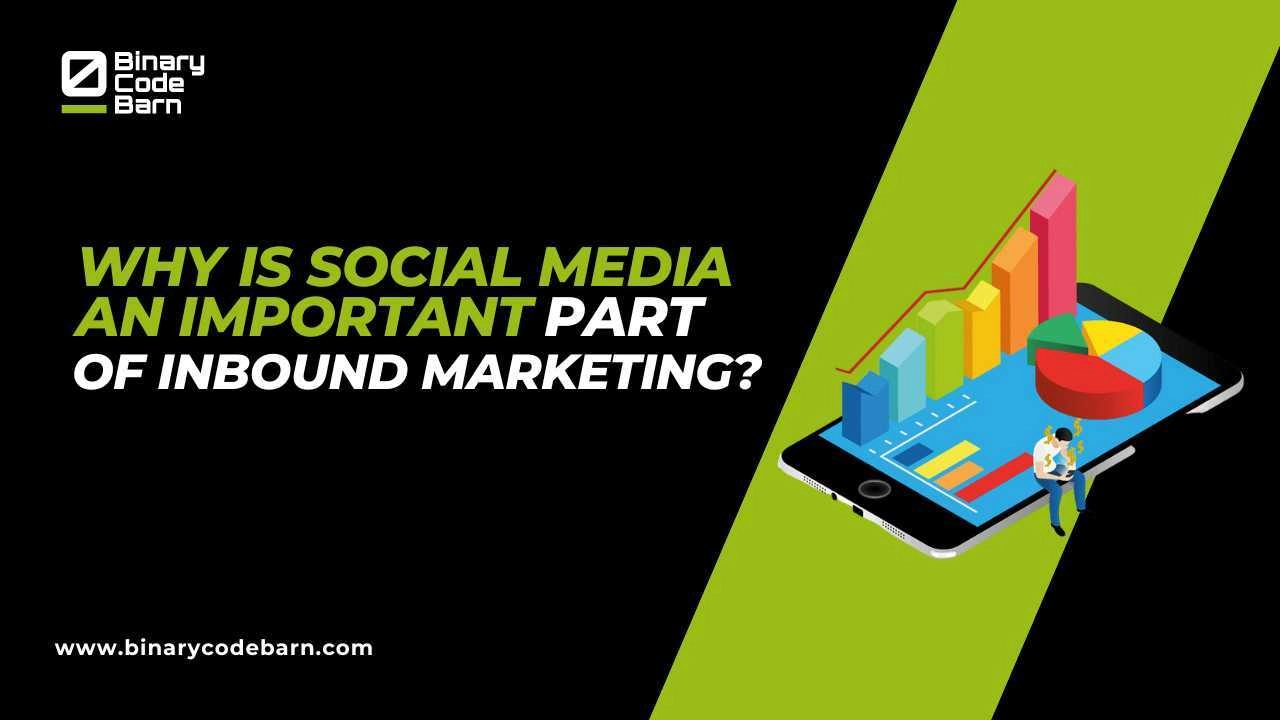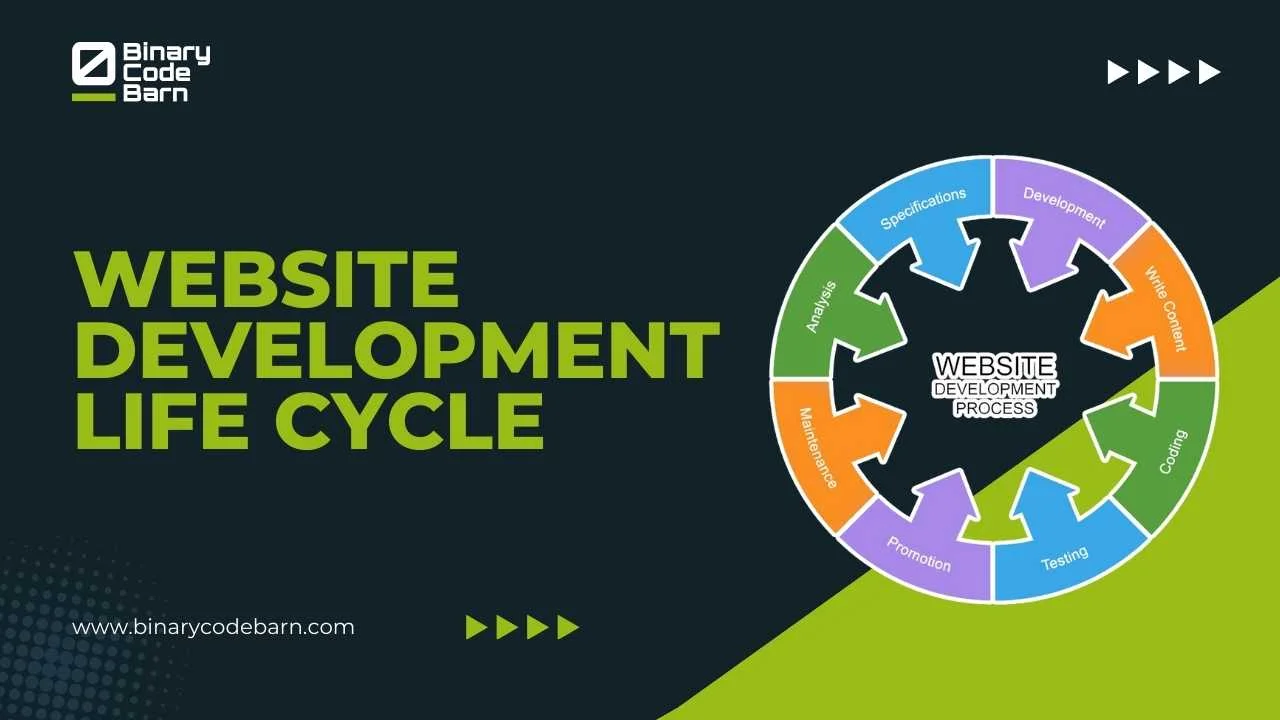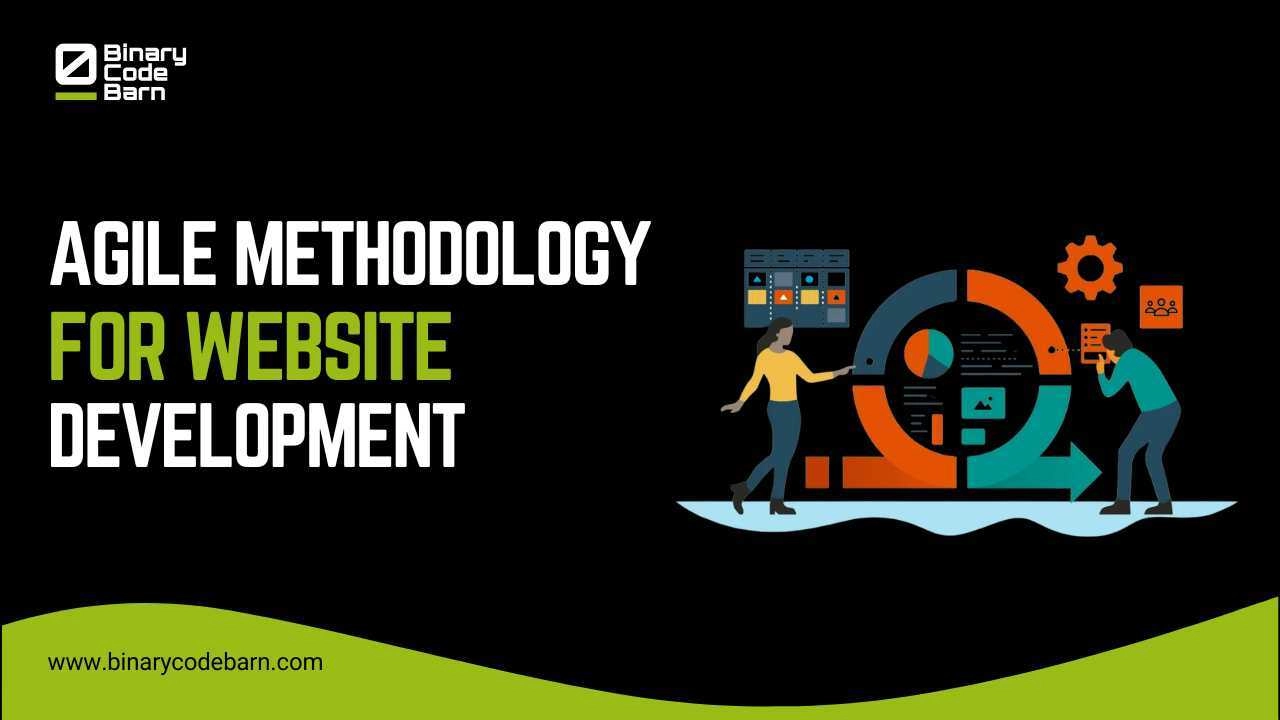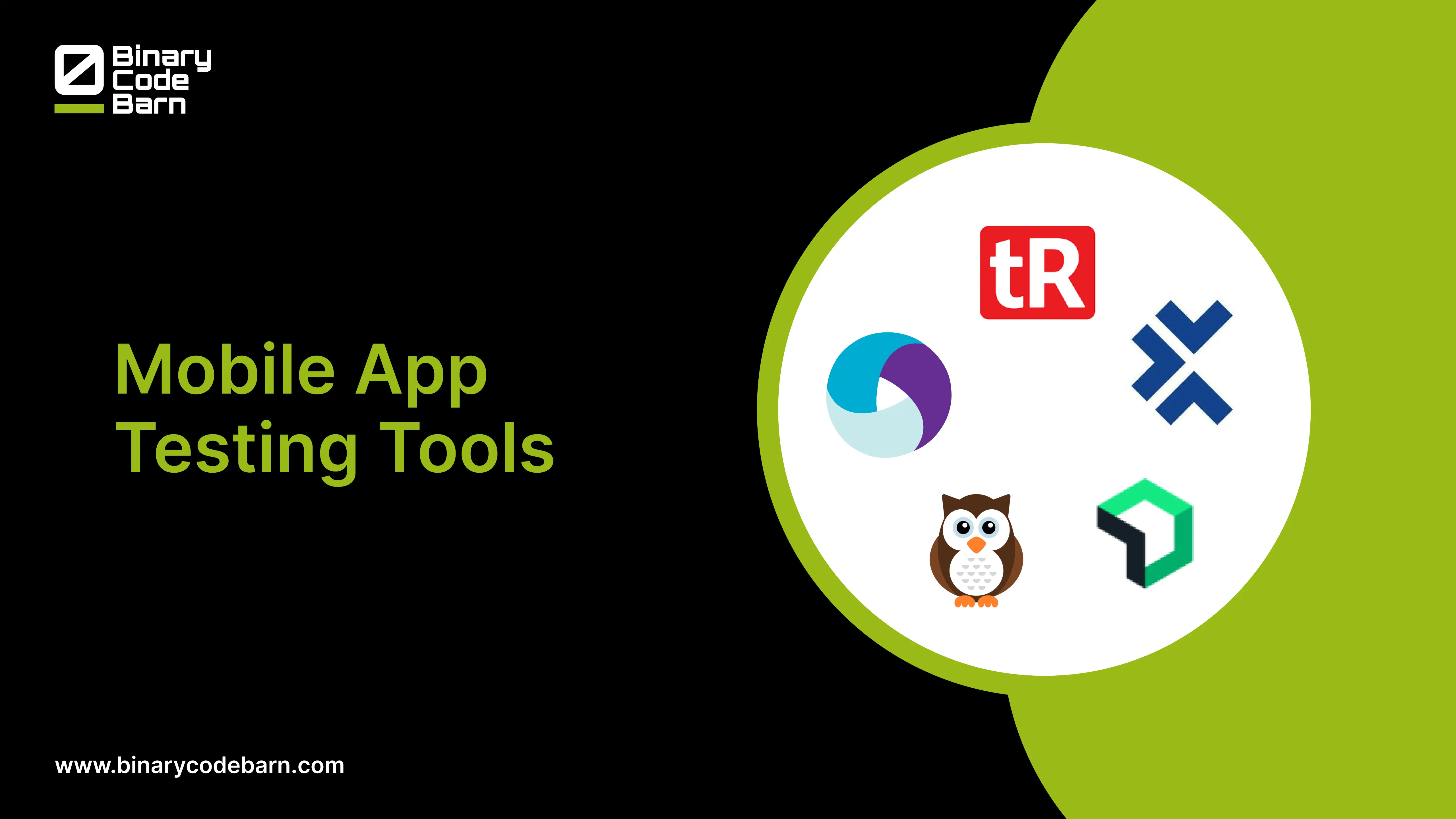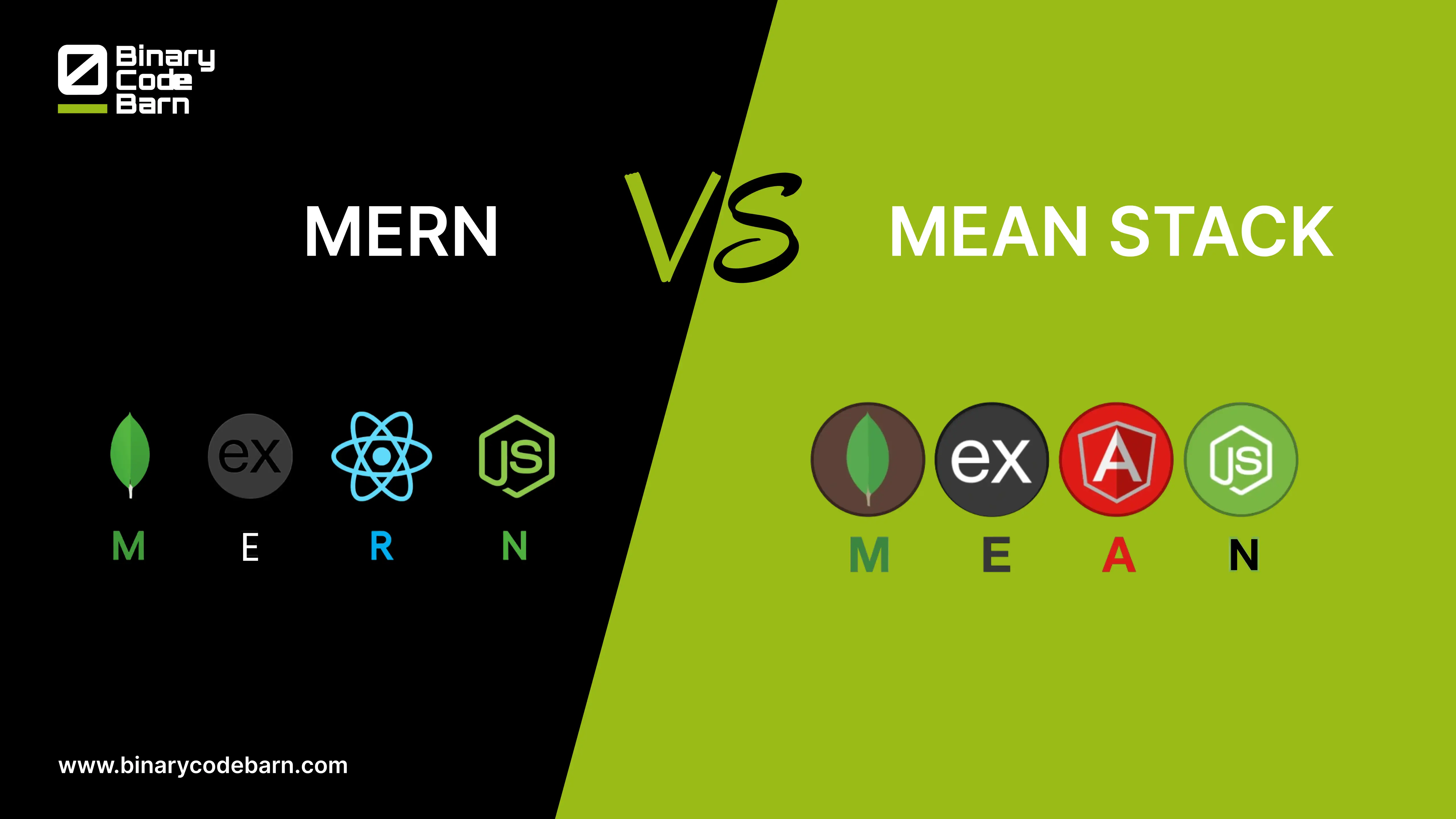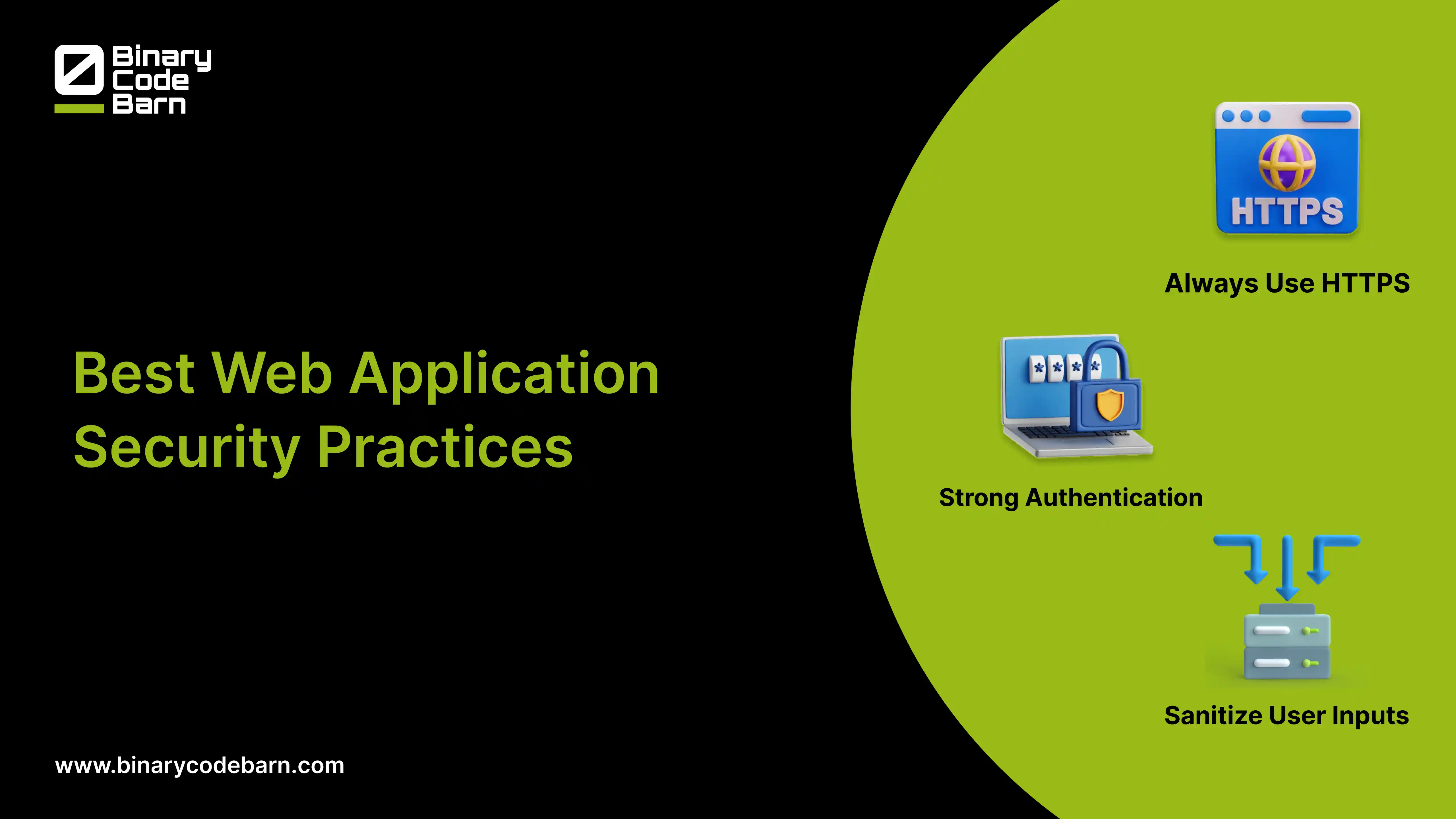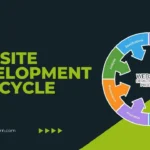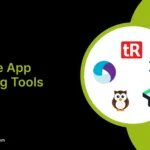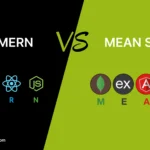Marketing platforms with billions of active users help brands to connect with potential clients. Despite changing trends, social media remains a powerful tool in inbound marketing. Inbound marketing & social media are inseparable strategies essential for success
While it requires consistency but benefits of integrating social media into your inbound marketing strategy are undeniable.
What Is Inbound Marketing?
Inbound marketing focuses on increasing traffic to your brand site organically. The goal is to attract an audience who are already interested in your brand without relying on paid ads. Unlike outbound marketing which casts a wide net to capture cold leads through external channels, inbound marketing draws people in with customer-centric content.
Inbound marketing strategies include website content, blog posts, lead magnets, and importantly, social media. Social media marketing engages users by providing relevant and helpful information that addresses their needs and interests.
Difference Between Inbound vs Outbound Marketing
| Aspect |
Inbound Marketing |
Outbound Marketing |
| Approach | Pulls consumers in with valuable content | Pushes messages out to a broad audience |
| Channels | Owned media: blogs, social media, SEO, email | Paid media: TV ads, cold calls, direct mail |
| Audience | Targets interested, already engaged users | Targets a wide, often uninterested audience |
| Content Focus | Educational, informative, and relevant | Interruptive, promotional |
| Interaction | Two-way: fosters engagement and dialogue | One-way: broadcast messages |
| Cost | Lower initial cost, long-term investment | Higher initial cost, often short-term impact |
| Measurement | Metrics like engagement, lead generation | Metrics like reach, impressions, and immediate sales |
| Conversion Path | Nurtures lead through the buyer journey | Focuses on immediate sales |
| Sustainability | Long-term relationship building | Short-term results |
Is Social Media Inbound Or Outbound Marketing?
Marketing involves use of platforms including Facebook, Twitter, LinkedIn, TikTok & Instagram. This is done to enhance brand visibility, engage customers, drive traffic and generate leads. Unpaid social media marketing also helps to connect with potential customers throughout the buyer journey:
- Awareness Stage: Attract consumers with valuable, relevant content that addresses their needs without pushing a sale.
- Consideration Stage: Nurture your audience with content that highlights your brand’s value, such as videos and guides.
- Decision Stage: Encourage conversions with product comparisons, demos, testimonials and reviews.
- Loyalty Stage: Keep customers engaged with updates, newsletters, promotions and rewards
Why is Social Media An Important Part Of Inbound Marketing?
The main reasons due to why inbound social media marketing is important are as follows:
Improved Brand Visibility
Social media is a key platform where users research brands, with 22% discovering brands through comments and recommendations, and 25-28% actively using it to find products. Not being active on social media means missing out on a large audience.
Many users gauge a brand’s authority on social media. Google research shows that 40% of young people use TikTok or Instagram to look up brands or products.
Creating and sharing captivating content across platforms boosts your brand’s reach, as users engage with and share your posts within their networks.
Promotes Audience Engagement
On social media, engagement is crucial and begins with quality content. Increased engagement boosts your reach, as more interactions lead to more visibility. How you respond to comments and interactions matters; potential customers often observe how you communicate with your audience.
Social media offers immediate access that blogs or email lists can’t match. Listening to your audience and interacting with them on shared causes, like promoting mental health, can significantly enhance engagement. Direct engagement through comments, likes, and direct messages strengthens relationships, provides customer support, and fosters a loyal community around your brand.
Access to Different Target Audiences
Relying solely on website and blog content limits your reach. By developing detailed profiles of your desired customers. You can better engage your target audience on the social media platforms they frequent. Target these platforms with psychology-driven content tailored to your personas. For instance, some may prefer casual Instagram stories, while others engage more with educational graphics.
Consider the culture of each platform. TikTok appeals to different personas than LinkedIn. Tools like Loomly help manage and engage various audiences with a social media calendar.
Encourages Two-Way Communication
Two-way communication with customers boosts engagement and invites questions and suggestions about your product or service. Questions fuel content creation, while suggestions inspire brand improvements, helping you create a more customer-focused brand.
Encourage user-generated content by asking users to share photos. For example, Depop features product images from its users, and Calvin Klein invites users to post photos with the hashtag #MyCalvins. This approach fosters deeper interaction and provides valuable content.
Efficient Content Distribution Process
One of the important reasons why is social media an important part of inbound marketing is because of the efficient content distribution process. Inbound marketing thrives on valuable content that attracts potential customers. Social media platforms are ideal for distributing this content whether it’s blog posts, videos, or infographics across your niche. Sharing content on social media amplifies your reach and drives more inbound traffic, making it a powerful tool for content distribution.
Improvement In Social SEO
When you publish content, user engagement and sharing increase your social media traffic. As your community grows, more interactions drive additional traffic to your website. Creating niche-specific, engaging content boosts SEO on social media platforms and can also appear in Google searches.
Use a mix of well-known and specific keywords to create SEO-driven hashtags.. Social media platforms often have a tags section in the search feature to help you find top keywords. Additionally, social analytics, like Instagram Insights, can reveal which keywords contributed to your most successful posts, helping you refine your strategy.
Wrapping Up
In short words, Social media is a crucial component of inbound marketing. It provides efficient content distribution, helps reach diverse audiences and improves SEO through increased traffic. Integrating social media into inbound marketing strategy not only amplifies content’s reach but also fosters stronger connections with audience, making it an essential tool for business success.
FAQs
What is inbound marketing?
Inbound marketing focuses on attracting potential customers to your brand through valuable, relevant content, without relying on paid ads. It aims to engage users who are already interested in your brand.
How does social media fit into inbound marketing?
Social media enhances inbound marketing by increasing brand visibility, promoting engagement, and distributing content. It helps attract and interact with potential customers throughout their buyer journey.
Why is social media an important part for inbound marketing?
Social media boosts brand visibility, drives traffic, promotes engagement, and provides access to diverse target audiences. It also facilitates two-way communication and efficient content distribution.
How can social media improve SEO?
Engaging content on social media increases traffic and interactions, which can boost your website’s SEO. Using effective keywords and hashtags also helps improve your content’s visibility on search engines.
What is user-generated content (UGC)?
UGC is content created by your customers or followers, such as photos or reviews. Encouraging UGC can enhance engagement and provide authentic content that promotes your brand.
